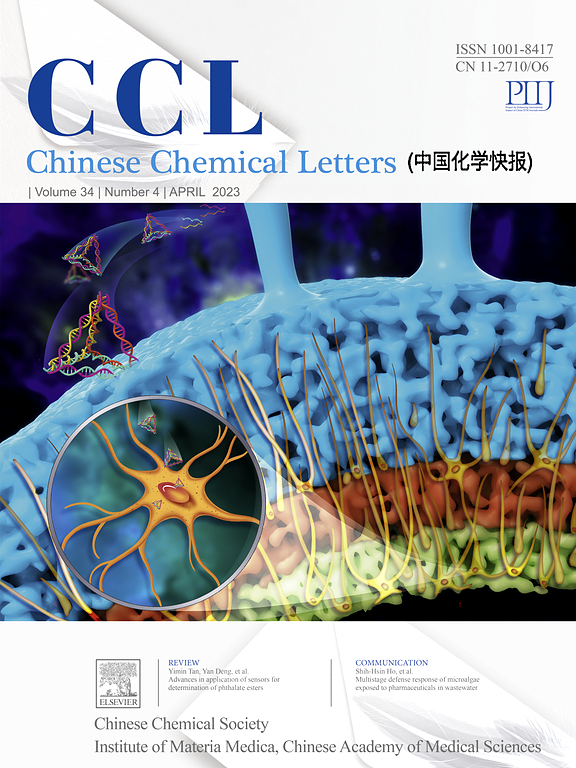High-efficiency exudates drainage of anti-adhesion dressings for chronic wound
IF 9.4
1区 化学
Q1 CHEMISTRY, MULTIDISCIPLINARY
引用次数: 0
Abstract
Secondary trauma, resulting in undesirable injury and bleeding during wound dressing treatment, which will cause the treatment of chronic wounds ineffective. The medical cotton gauzes often bring strong adhesion due to the exudates absorbed and clots formed. Conversely, the easily detachable wound dressings neglect the wound seepage management, rendering them ineffective in facing the complexities of chronic wounds. To address this challenge, we propose a novel draining anti-adhesion dressings (DAD) by constructing the hydrophilic microchannels array on the superhydrophobic dressing. The superhydrophobic areas facilitate stable wound fluid repellence leading to achieve the anti-adhesion (18.7 % detachment energy of cotton) and the microchannel array ensures the transportation of excess exudates (>92 %) by the capillary force. Notably, our dressing demonstrates a significant healing-promoting in a chronic wound model in rats. The development of such dressings holds promise for advancing wound care practices and addressing the unique challenges posed by chronic wounds, offering a valuable solution for improved clinical outcomes.

慢性伤口抗粘连敷料的高效渗出液引流
继发性创伤,在伤口敷料治疗过程中造成不希望的损伤和出血,这会导致慢性伤口的治疗无效。医用棉纱布由于吸收渗出物形成凝块,附着力强。相反,易于拆卸的伤口敷料忽视了伤口渗水管理,使其在面对慢性伤口的复杂性时无效。为了解决这一挑战,我们通过在超疏水敷料上构建亲水微通道阵列,提出了一种新型的排水抗粘连敷料(DAD)。超疏水区域有助于稳定的伤口液体排斥,从而实现抗粘附(棉花的18.7 %脱离能量),微通道阵列确保毛细力运输多余的渗出液(>92 %)。值得注意的是,我们的敷料在大鼠慢性伤口模型中显示出显著的促进愈合作用。这种敷料的发展有望推进伤口护理实践,解决慢性伤口带来的独特挑战,为改善临床结果提供有价值的解决方案。
本文章由计算机程序翻译,如有差异,请以英文原文为准。
求助全文
约1分钟内获得全文
求助全文
来源期刊

Chinese Chemical Letters
化学-化学综合
CiteScore
14.10
自引率
15.40%
发文量
8969
审稿时长
1.6 months
期刊介绍:
Chinese Chemical Letters (CCL) (ISSN 1001-8417) was founded in July 1990. The journal publishes preliminary accounts in the whole field of chemistry, including inorganic chemistry, organic chemistry, analytical chemistry, physical chemistry, polymer chemistry, applied chemistry, etc.Chinese Chemical Letters does not accept articles previously published or scheduled to be published. To verify originality, your article may be checked by the originality detection service CrossCheck.
 求助内容:
求助内容: 应助结果提醒方式:
应助结果提醒方式:


